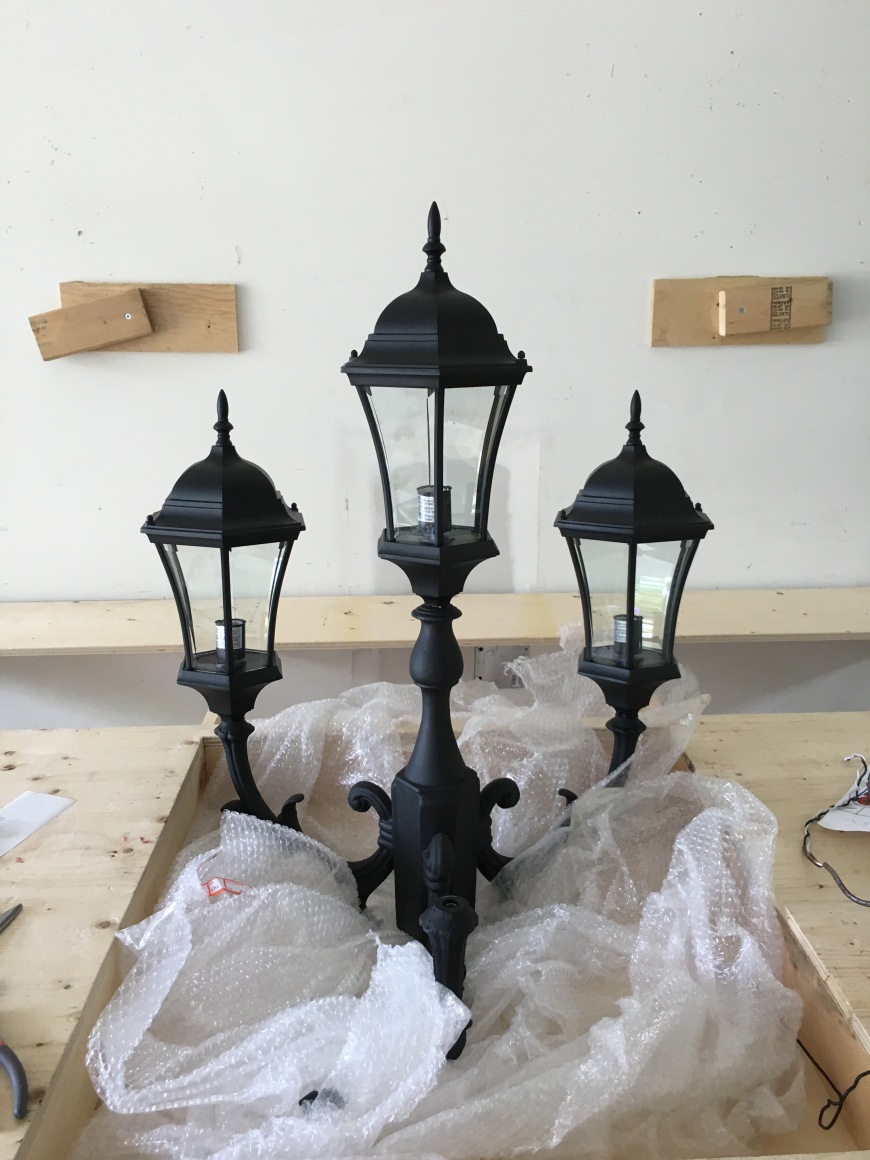My favorite book on my reading list is ‘Get your House Right’ by Marianne Cusato. The book is an amazing illustration about house design. Especially if you have a tendency like myself to like ‘old fashioned houses’. The book doesn’t talk about how to construct walls, the angle of cuts necessary for roof rafters or how to calculate the load bearing weight of walls. It talks about the design of a house. House design and the general science of art is interesting because to the casual observer, they will instinctively ‘like’ something without knowing why. They will also ‘not like’ something as well without necessarily having an appreciation of what is bothering them about the art or design. It’s not actually an issue of preference ie I prefer blocky houses vs I prefer French country houses. The issue is in our inherent nature. When people in general look at the world, we instinctively look to see if it looks ‘right’ or makes ‘sense’ in our brain. A house sitting on a cloud in the middle of the air looks odd. A house sitting on top of a lamp post looks odd. In the same way, our eyes are looking at any regular house to see if it looks ‘right’. In general, a house should look supported from the ground up ie stone pony wall on the ground supports the brick veneer or siding above. From a construction perspective, it may not be necessary and in fact expensive to build a stone pony wall at the base but from an aesthetic perspective it looks better. Compare this to the house that has a pony wall just in the front and you can see there is none on the side of the house. It looks ‘odd’ or for a house where the foundation wall is showing at the bottom and the brick veneer seems to start 10″ off the ground in the air. It looks odd mainly because it doesn’t look well supported and in most peoples brains it will register that way. Again, it may not be necessary for construction but from an aesthetic perspective it will always not look right.
The same can be said with how our house was finished. When the house was built, our porch was 2′ off the grade and by code did not need a handrail. In addition, the overhanging shed roof was built with a large hidden wood lintel that carried the load of the roof and a support post was not needed to keep it there. For this reason, our porch was finished without a rail and post. This was fine from a code and construction perspective but from a purely aesthetic perspective it looked ‘odd’. The porch looked like a person could fall off the ledge accidentally and the roof had this appearance of hanging in the air above the door. Most people wouldn’t notice why it looked ‘odd’ but I certainly thought it could look better. For that reason, I began to make my porch to complete the front yard.
Again, I borrowed the design from a magazine I love and had been reading “This Old House”. https://www.thisoldhouse.com/ideas/porch-railing-pizzazz. I again modified the design to my needs. The main difference was that I used a 4X4 post anchored to the roof beam and the concrete porch. Than I used PVC boards to cover the post and make all of my flat sawn balusters. In fact, I tried to make everything out of PVC boards to make it weatherproof and rot resistant but they just don’t make handrails and bottom rails out of PVC so I had to settle with what they had at the lumbar yard. The PVC boards were tricky because cutting them created lots of PVC dust and in some cases like the jigsaw, the blade itself would get too hot and melt and ruin the cuts. For that reason, I had to buy a special jigsaw blade for PVC’s. Another problem was the glue to join the mitres. Regular PVC glue from plumbing dries in seconds and that is way too fast to join a mitre edge that may be 8′ long when surrounding the post. Instead, I had to find a special PVC glue specifically for PVC boards that has a longer ‘opening’ time and hardens in 15 minutes. Still fast but enough time to play with. So the porch looks bang on now and even better, it is ‘nearly’ completely rot resistant.
before we built the porch









































